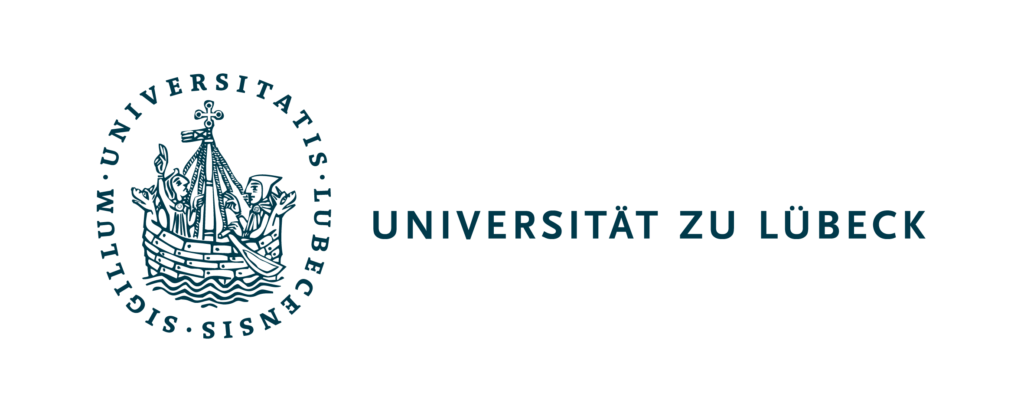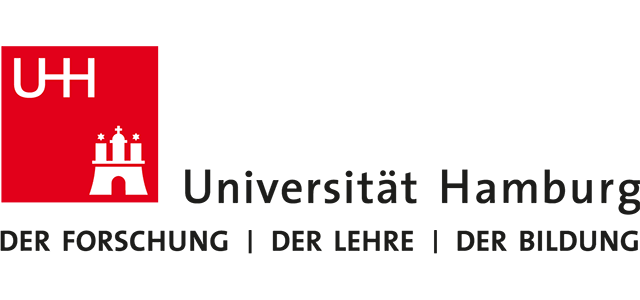Principal Investigator
Prof. Dr. Norbert Tautz & Prof. Dr. Arwen Pearson
Universität zu Lübeck &
Universität Hamburg
C3
PhD candidate
Wyn Pflug


C3
Project Summary
Structural and functional characterisation of the NS2-NS3 poly proteinregion of HCV and pestivirus
The Hepatitis C Virus (HCV) polyprotein undergoes processing by cellular and viral proteases to generate mature viral proteins. The non-structural (NS) proteins NS3-NS5B are required for replicase complex assembly and genome replication. Processing of the NS2-NS3 precursor by the NS2 cysteine autoprotease releases the essential replicase component NS3, which represents an essential step in the HCV life cycle. The HCV NS2 protein can be divided into an N-terminal transmembrane domain and a C-terminal cytoplasmic protease domain (NS2pro) with a low intrinsic protease activity. Stimulation of the intrinsic NS2pro activity relies on an interaction with residues on the surface of the NS3 protease domain (NS3pro). Furthermore, amino acid exchanges within NS2pro that increase the intrinsic NS2 protease activity have been identified. However, molecular details of this activation process are still poorly understood. While a crystal structure of NS2pro proposed a domain-swapped dimeric assembly with composite active sites, structural information about the NS2pro-NS3pro precursor complexes are not available. Accordingly, one aim is the biochemical and structural interrogation of NS2pro-NS3pro precursor complexes.
Pestiviruses also express a single polyprotein and the derived non-structural proteins (NS) are involved in RNA replication and virion morphogenesis. The release of multifunctional NS3 via NS2-3 cleavage by the NS2 autoprotease is necessary for replicase assembly. Cellular DNAJC14 acts as a co-factor to regulate NS2 autoprotease activation. This DNAJC14-dependency allows pestiviruses to regulate NS2-3 cleavage and viral RNA replication in a temporal fashion. Uncleaved pestiviral NS2-3 is essential for virion morphogenesis. Thus, NS2-3 cleavage is a complex and highly regulated process pivotal for the viral life cycle. Structural insights into NS2-3 processing will increase our knowledge about the molecular details underlying this process. The structures of pestiviral NS2 and of both the NS2-3 (pestivirus) and NS2-NS3 (HCV) precursors have not yet been determined. These structures are crucial for understanding NS2pro activation and the specific structural features of NS3 vs its precursors are critical for either replicase assembly or virion morphogenesis. Lessons learned in this project will be applicable to other positive-strand RNA viruses.
Systematic optimization of bacterial expression and protein isolation aims to identify a suitable purification scheme to obtain NS2pro and NS2pro-NS3 pro for crystallization trials and further structural interrogation. A long-term goal of this project is the time-resolved investigation of the NS2pro-NS3pro activation process.
